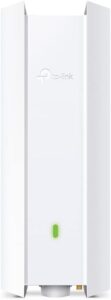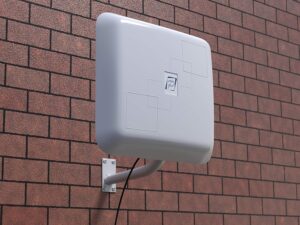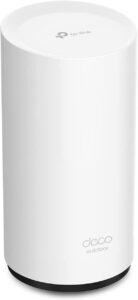Wi-Fi extenders are a fantastic way to get some extra mileage out of a Wi-Fi network. They work by boosting the network’s range, ensuring it covers your entire home, yard, or property. This can be especially handy if you want to access your network outdoors—say, in a detached workshop, garage, or garden.
In this article, we’ll review our three favorite outdoor Wi-Fi extenders and offer tips on which one might be right for you. We’ll also explore how an outdoor extender is different from an indoor one, how they work, and much more. Let’s get started!


